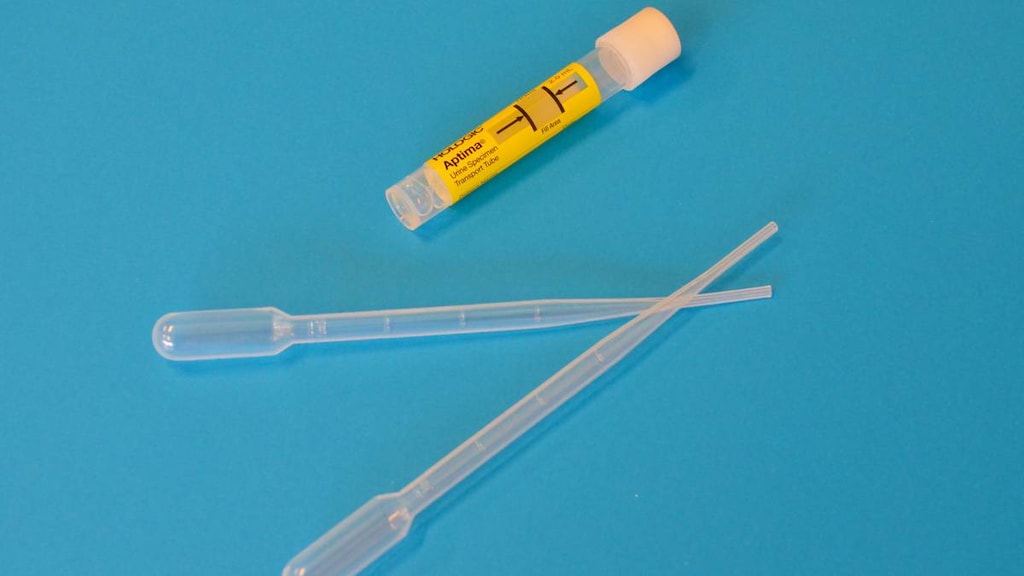Dosage Forms
Excipient information presented when available (limited, particularly for generics); consult specific product labeling.
Solution Reconstituted, Inhalation [preservative free]:
Cayston: 75 mg (1 mL) [arginine free]
Pharmacology
Mechanism of Action
Inhibits bacterial cell wall synthesis by binding to one or more of the penicillin-binding proteins (PBPs), which in turn inhibits the final transpeptidation step of peptidoglycan synthesis in bacterial cell walls, thus inhibiting cell wall biosynthesis. Bacteria eventually lyse due to ongoing activity of cell wall autolytic enzymes (autolysins and murein hydrolases), while cell wall assembly is arrested. Monobactam structure makes cross-allergenicity with beta-lactams unlikely.
Pharmacokinetics/Pharmacodynamics
Absorption
Low systemic absorption.
Excretion
Urine (10% [compared with 60% to 65% for injection] as unchanged drug).
Time to Peak
~1 hour (plasma).
Half-Life Elimination
Adults: 2.1 hours.
Protein Binding
~77%.
Use: Labeled Indications
Cystic fibrosis: Improve respiratory symptoms in cystic fibrosis (CF) patients with pulmonary Pseudomonas aeruginosa infections
Contraindications
Hypersensitivity to aztreonam or any component of the formulation
Dosage and Administration
Dosing: Adult
Cystic fibrosis: Inhalation (nebulizer): 75 mg 3 times daily (at least 4 hours apart) for 28 days; do not repeat for 28 days after completion. Note: Pretreatment with a bronchodilator is recommended
Dosing: Pediatric
Cystic fibrosis (Pseudomonas aeruginosa): Inhalation (nebulizer): Children ≥7 years and Adolescents: 75 mg via nebulization 3 times daily (at least 4 hours apart) for 28 days; administer in repeated cycles of 28 days on drug, followed by 28 days off drug
Canadian labeling: Children ≥6 years and Adolescents: Inhalation (nebulizer): 75 mg via nebulization 3 times daily (at least 4 hours apart) for 28 days; administer in repeated cycles of 28 days on drug, followed by 28 days off drug
Reconstitution
Reconstitute with 1 mL of sterile diluent (saline) immediately prior to use. Squeeze diluent into opened glass vial. Replace rubber stopper and gently swirl vial until contents have completely dissolved.
Administration
Administer using only an Altera nebulizer system; administer alone; do not mix with other nebulizer medications. Administer a bronchodilator before administration of aztreonam (short-acting: 15 minutes to 4 hours before; long-acting: 30 minutes to 12 hours before). For patients on multiple inhaled therapies, administer bronchodilator first, then mucolytic, and lastly, aztreonam.
To administer Cayston, pour reconstituted solution into the handset of the nebulizer system, turn unit on. Place the mouthpiece in the patient’s mouth and encourage to breathe normally through the mouth. Administration time is usually 2 to 3 minutes. Administer doses ≥4 hours apart.
Storage
Prior to reconstitution, store at 2°C to 8°C (36°F to 46°F). Once removed from refrigeration, aztreonam and the diluent may be stored at room temperature (up to 25°C [77°F]) for ≤28 days. Protect from light. Use immediately after reconstitution.
Drug Interactions
Lactobacillus and Estriol: Antibiotics may diminish the therapeutic effect of Lactobacillus and Estriol. Monitor therapy
Adverse Reactions
>10%:
Gastrointestinal: Pharyngolaryngeal pain (12%)
Respiratory: Cough (54%), nasal congestion (16%), wheezing (16%)
Miscellaneous: Fever (13%; more common in children)
1% to 10%:
Cardiovascular: Chest discomfort (8%)
Dermatologic: Skin rash (2%)
Gastrointestinal: Abdominal pain (7%), vomiting (6%)
Respiratory: Bronchospasm (3%; patients experienced ≥15% reduction in FEV1)
<1%, postmarketing, and/or case reports: Arthralgia, facial rash, facial swelling, hypersensitivity reaction, joint swelling, pharyngeal edema
Warnings/Precautions
Concerns related to adverse effects:
- Beta-lactam allergy: Rare cross-allergenicity to penicillins, cephalosporins, or carbapenems may occur; use with caution in patients with a history of hypersensitivity to beta-lactams.
- Bronchospasm: May occur following nebulization; administer a bronchodilator prior to treatment.
Dosage form specific issues:
- Appropriate use: Safety and efficacy has not been established in patients with FEV1 <25% or >75% predicted. Compare patient’s baseline FEV1 prior to therapy and the presence of other symptoms when deciding if post-treatment FEV1 changes (eg, decline) are caused by a pulmonary exacerbation. Reserve use for CF patients with known Pseudomonas aeruginosa. Patients colonized with Burkholderia cepacia have not been studied.
Monitoring Parameters
Consider measuring FEV1 prior to initiation of therapy
Pregnancy
Pregnancy Considerations
Aztreonam crosses the placenta and reaches the fetal circulation following IV administration; however, peak plasma concentrations following inhalation of aztreonam are significantly less than those observed following aztreonam IV.
Due to its poor systemic absorption, use of aztreonam inhalation is likely acceptable for the management of cystic fibrosis in pregnant patients with Pseudomonas aeruginosa (Kroon 2018; Middleton 2019). When required, use may continue during pregnancy (Middleton 2019).
Patient Education
- Discuss specific use of drug and side effects with patient as it relates to treatment. (HCAHPS: During this hospital stay, were you given any medicine that you had not taken before? Before giving you any new medicine, how often did hospital staff tell you what the medicine was for? How often did hospital staff describe possible side effects in a way you could understand?)
- Patient may experience vomiting, stuffy nose, sore throat, or abdominal pain. Have patient report immediately to prescriber chest pain, persistent cough, or difficulty breathing (HCAHPS).
- Educate patient about signs of a significant reaction (eg, wheezing; chest tightness; fever; itching; bad cough; blue skin color; seizures; or swelling of face, lips, tongue, or throat). Note: This is not a comprehensive list of all side effects. Patient should consult prescriber for additional questions.
Intended Use and Disclaimer: Should not be printed and given to patients. This information is intended to serve as a concise initial reference for health care professionals to use when discussing medications with a patient. You must ultimately rely on your own discretion, experience, and judgment in diagnosing, treating, and advising patients.




